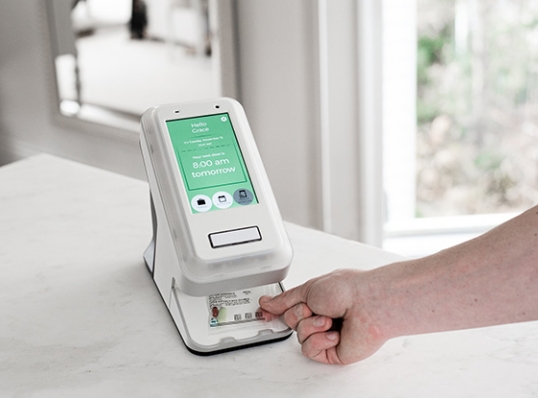Revolutionizing Pharmacy Services: The Rise of Automated Medication Dispensing Machines
Automated medication dispensing machines are transforming the way pharmacy services are delivered. These innovative machines are streamlining the medication dispensing process, making it faster, more accurate, and more convenient for both pharmacists and patients.
Increased Efficiency and Accuracy
Automated medication dispensing machines eliminate the need for manual counting and sorting of medications, saving pharmacists valuable time. This allows pharmacists to focus on providing personalized care to patients instead of being bogged down with tedious tasks.
The machines also reduce the risk of medication errors, as they are programmed to dispense the exact dosage of medication prescribed by the healthcare provider. This helps to improve patient safety and ensure that patients receive the correct medication every time.
Convenient and Accessible
Automated medication dispensing machines are available 24/7, making it convenient for patients to pick up their medications at any time of day or night. This is especially helpful for patients with busy schedules or those who may have difficulty accessing traditional pharmacy services.
Patients can simply input their prescription information into the machine, and the medication will be dispensed quickly and efficiently. This eliminates the need to wait in line at the pharmacy and allows patients to get their medications in a timely manner.
Improving Patient Adherence
Automated medication dispensing machines can also help to improve patient adherence to their medication regimens. The machines can be programmed to send reminders to patients when it is time to take their medications, helping to ensure that patients stick to their prescribed treatment plans.
By offering a more convenient and accessible way for patients to access their medications, automated medication dispensing machines are revolutionizing the way pharmacy services are delivered. These machines are increasing efficiency, accuracy, and patient adherence, ultimately improving the overall quality of care provided to patients.

